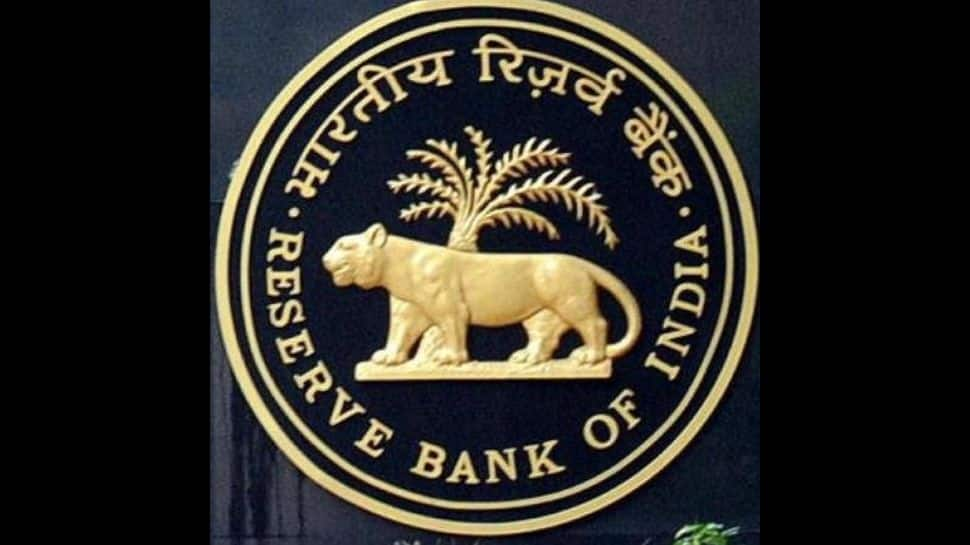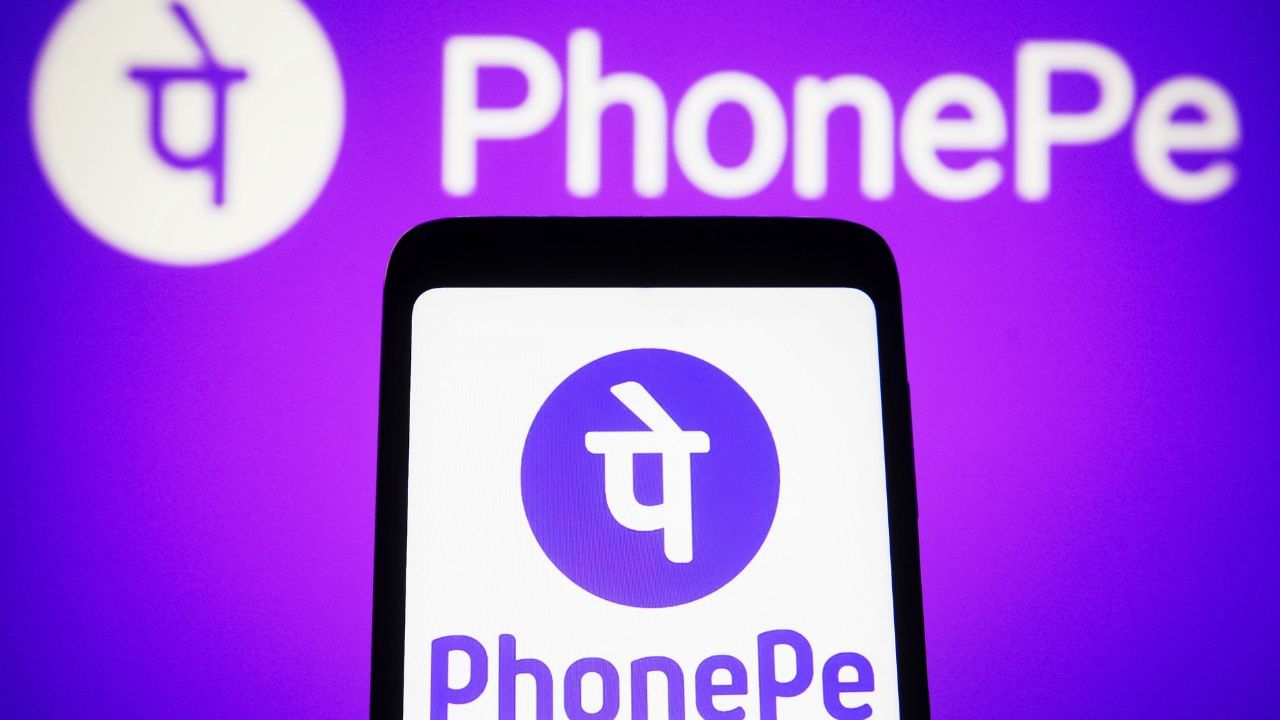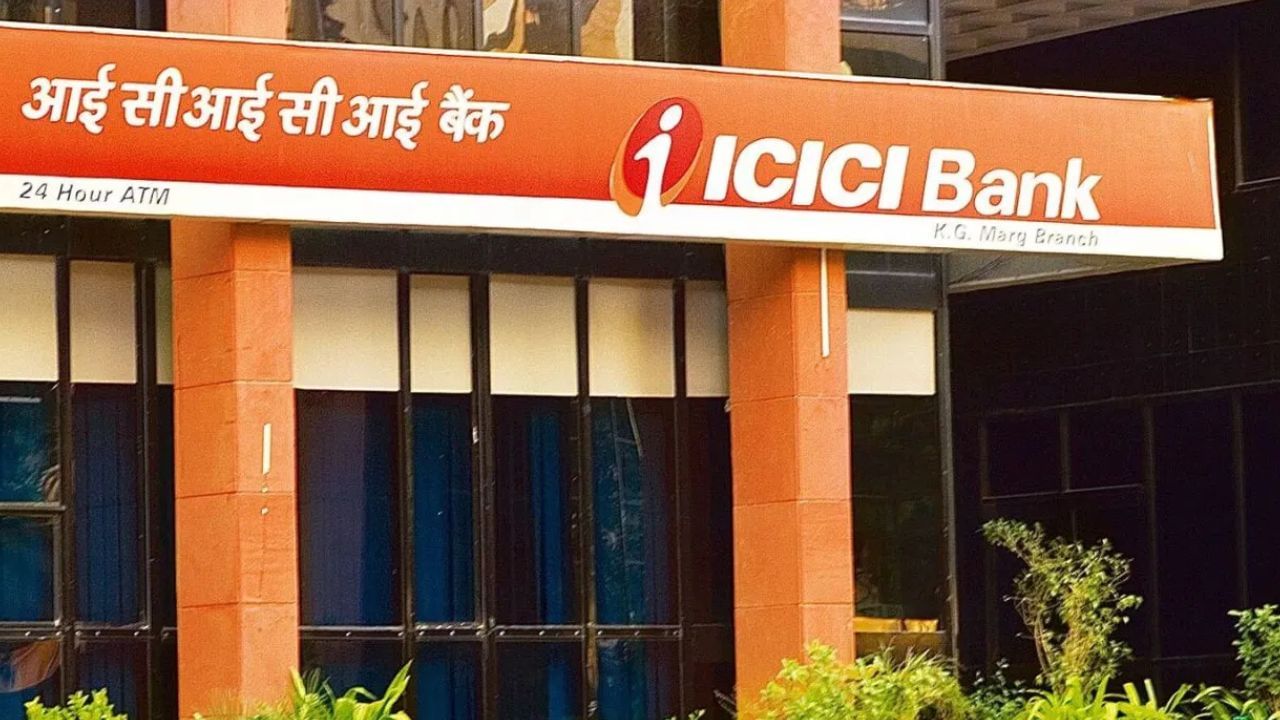Subscribe to Updates
Get the latest creative news from FooBar about art, design and business.
Browsing: RBI
ICICI Bank has significantly increased the minimum average monthly balance requirements for new savings accounts, effective August 1, 2025, leading to mixed…
While the Reserve Bank of India (RBI) maintained the repo rate at its recent meeting, a reduction of 1% has occurred over…
Why RBI Launched Its Verified WhatsApp Channel? Check Message Types And Here’s How To Join |
2 Mins Read
RBI WhatsApp Channel: The Reserve Bank of India (RBI) has rolled out an official WhatsApp channel to make financial information more accessible…
Mumbai: The Reserve Bank Governor Sanjay Malhotra on Wednesday said that considering the evolving landscape of money laundering, regulators will need to…







